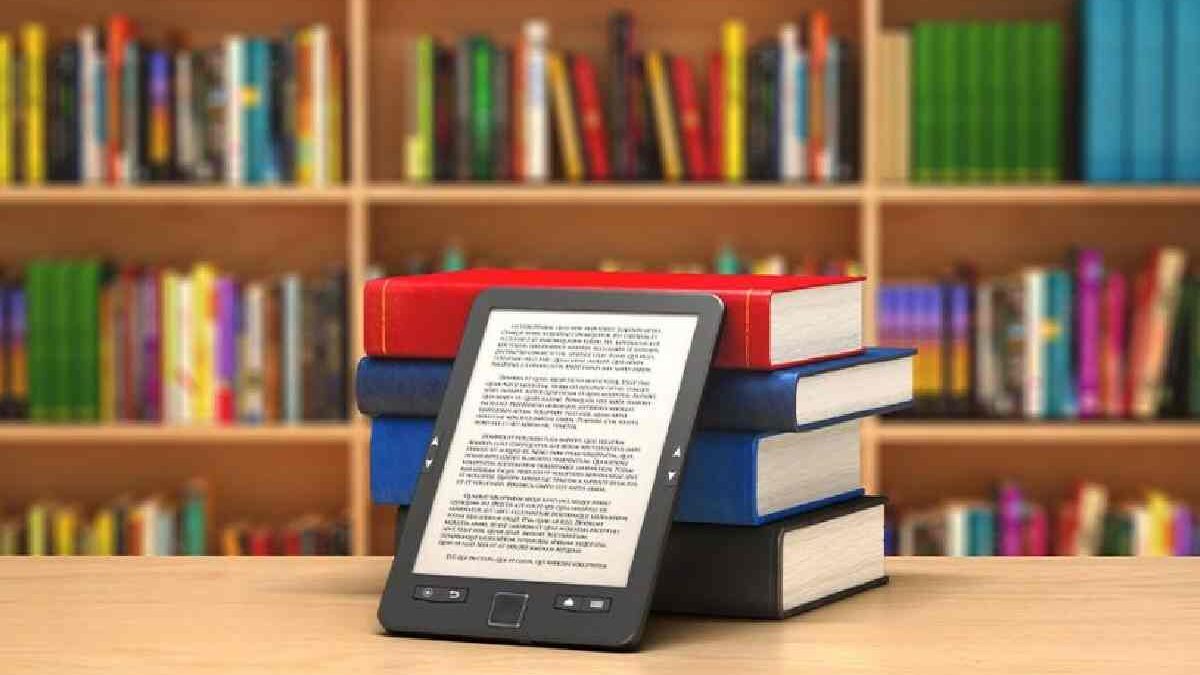Table of Contents
A World of Stories Across Languages
The Role of Digital Libraries in Supporting Multilingual Readers – Books have long served as a bridge between cultures. Now that bridge is digital—and it stretches across every language imaginable. Digital libraries are giving people the chance to read in their mother tongue or practice a new one. From Urdu poetry to Japanese science fiction from Swahili history to Icelandic memoirs—readers can now explore the world without needing a passport.
In many cases access goes far beyond national borders. For independent readers Z lib is still a preferred option. It stands out because of its vast multilingual selection and its ease of use. This flexibility allows someone in Poland to read in Spanish or a teacher in Brazil to introduce students to French novels without ever stepping into a physical library.
More Than Just Translation
Digital libraries do not just offer books in different languages. They help preserve minority languages and support bilingual education. Some collections carry rare manuscripts while others support communities working to save endangered dialects. That makes digital libraries more than just collections—they are lifelines for languages that risk disappearing.
This work goes hand in hand with education. Schools without enough physical materials are turning to online access to fill the gaps. Students in remote areas are reading the same books as those in urban schools often in their native tongue. This kind of support changes futures quietly but powerfully.
Key Benefits for Multilingual Access
Libraries online are evolving to meet real needs. Here’s how they’re helping open new doors for multilingual reading:
- Language Choice Without Borders
No one wants to be stuck with limited options. Many digital libraries allow readers to choose from dozens of languages for the same title. This freedom encourages curiosity and helps language learners stay engaged. A young reader might start with a book in English then re-read it in Ukrainian or Mandarin to build fluency. That’s both smart and practical.
- Learning Through Literature
Reading stories in a new language helps the brain absorb structure vocabulary and tone in a natural way. Digital libraries often include side-by-side translations or embedded glossaries which support smooth learning. A reader can jump from “The Little Prince” in French to its Arabic edition in a single session picking up nuances that a textbook might miss.
- Cultural Access at One’s Fingertips
Language carries culture. Reading in multiple languages reveals more than just words—it shows how people think tell jokes handle grief and celebrate joy. Digital libraries are packed with books that carry the rhythm and soul of different cultures. Readers can compare how one theme appears in Turkish memoirs and Brazilian fiction getting more than just a story—they get a window into another way of life.
By offering access this wide libraries become less of a building and more of a living breathing world:
In addition to this growing accessibility many digital libraries are using open data and community contributions to grow their collections. A single donation of an out-of-print title in Persian or a children’s book in Amharic can mean everything to someone searching for identity or connection. It is not just about quantity—it is about meaning.
Still Evolving With Readers in Mind
While many mainstream platforms get attention the real work often happens behind the scenes. Smaller digital libraries are being built by nonprofits educators and volunteers. These projects focus on niche communities or underserved languages. Their catalogs are growing steadily and their impact is quiet but strong.
More detailed insights into this trend can be found on Wikipedia where historical context and impact data are available. This single example reflects how determined efforts by individuals and groups keep knowledge open and multilingual.
The story of digital libraries is still unfolding. As readers continue to shift between languages accents and alphabets one thing remains clear—the future of reading belongs to everyone.

